Below are some lesser known and underrated fruits that you may find worth growing in California. Indeed, depending on your area, you are likely to find at least a couple things in this list to be both easy to grow and an utter delight to eat.
But the caveats, oh the caveats: This list was collected from an extremely informal poll of just a subset of the membership of the Monterey Bay chapter of the California Rare Fruit Growers. Items were added throughout the duration of data collection, so this is really more of a brainstorming session across a slice of time, than a proper survey. Notable omissions (groundcherry? mango? tamarillo? guava?) abound. Some of the below you’ll find very easy to grow. With others, depending on your area and microclimate, you could have the following problems in growing or ripening them: too cold winters, too warm winters, too cool summers, daylength considerations, drought, pestilence, plague… and squirrels. Some fruits you may just find unpleasant to eat.
This does, though, reveal an interesting cross-section of what rarer species have captured our intrigue and garden space around Santa Cruz and the Monterey Bay, and does suggest many species quite well adapted to our climate. And likely justifies more careful and extensive polling.
Fruit species are indicated along with their respective vote tally. I believe the top-voted species (white sapote, feijoa, mulberry, cherimoya, strawberry guava, ugni, loquat, poha) especially do all represent things that deserve a lot more attention and experimentation in our area. These are species that our group will very likely be seeking to source more varied propagable material from, for distribution to our members’ gardens. Join in if you’d like to play along.
Some thought also deserves to be given to which worthy species were overlooked vs. which were omitted for lack of qualifying as “underrated”, ie. the fruits common to our area: apples, pears, peaches, plums, apricots and other stonefruit, most citrus, avocados, persimmons, pomegranates, figs, caneberries, blueberries, strawberries, etc… Even among these, there are hundreds and thousands of common and rare cultivars to choose from.
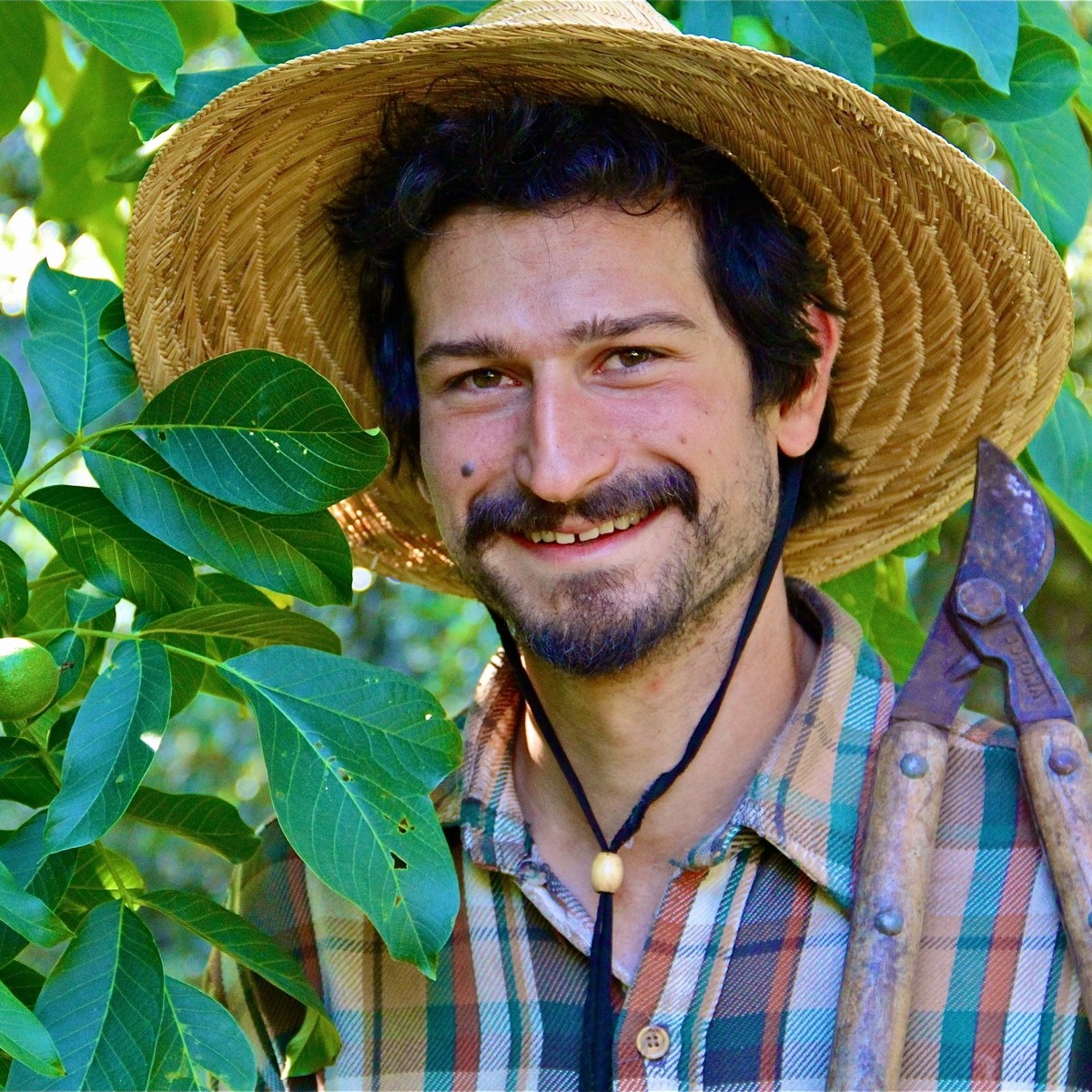
Andy Moskowitz does ecological garden design and fine horticulture in Santa Cruz, California, is director of the Santa Cruz Community Orchard, and has served as Chairman (2019, 2020) and other roles for MBCRFG.
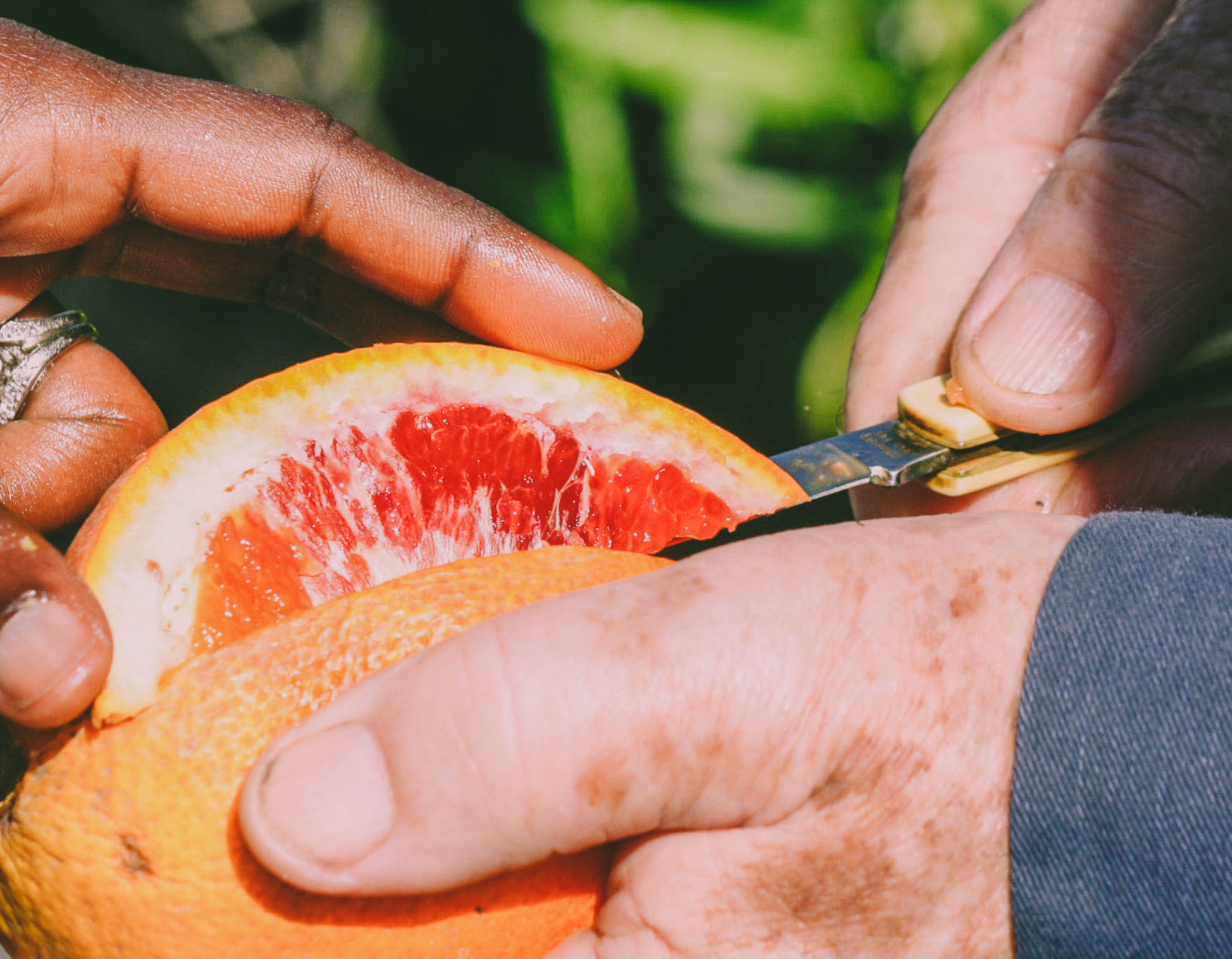


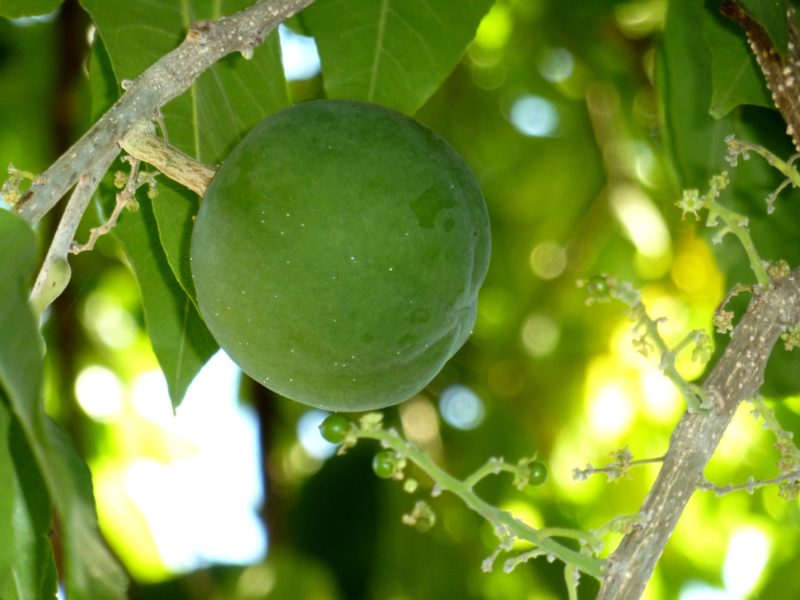
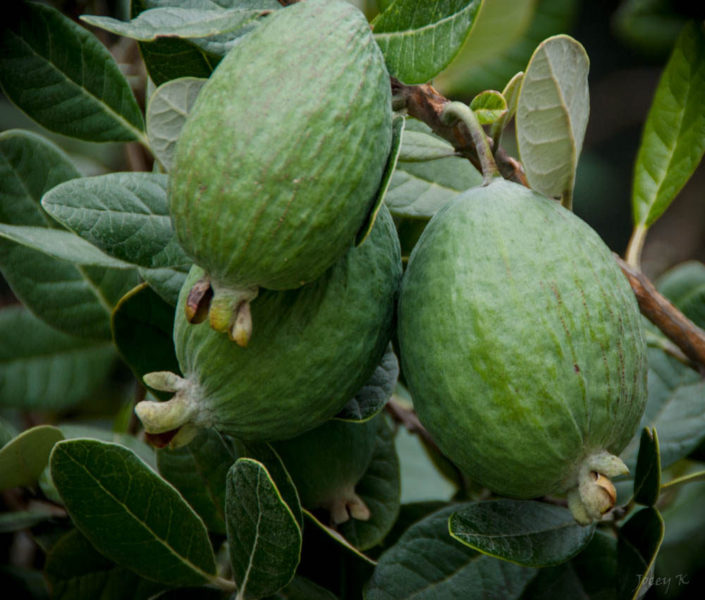

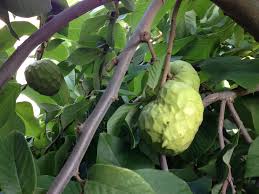
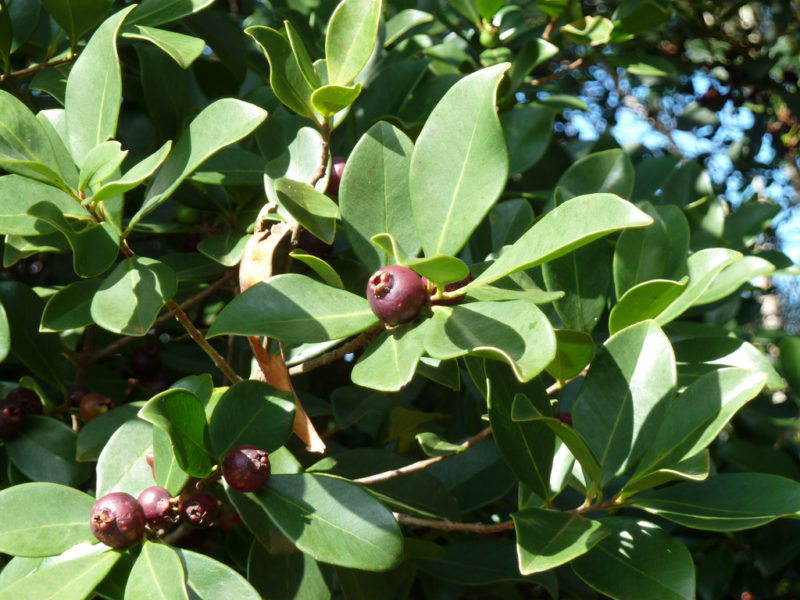
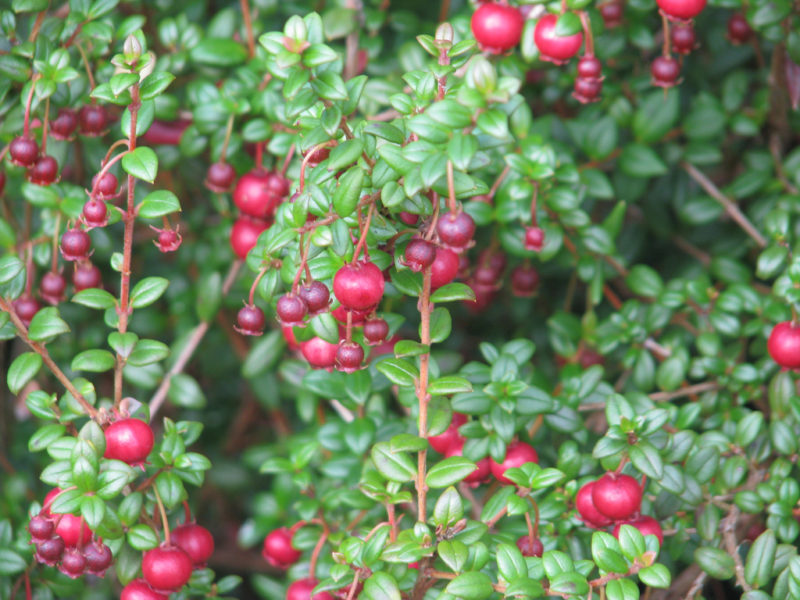
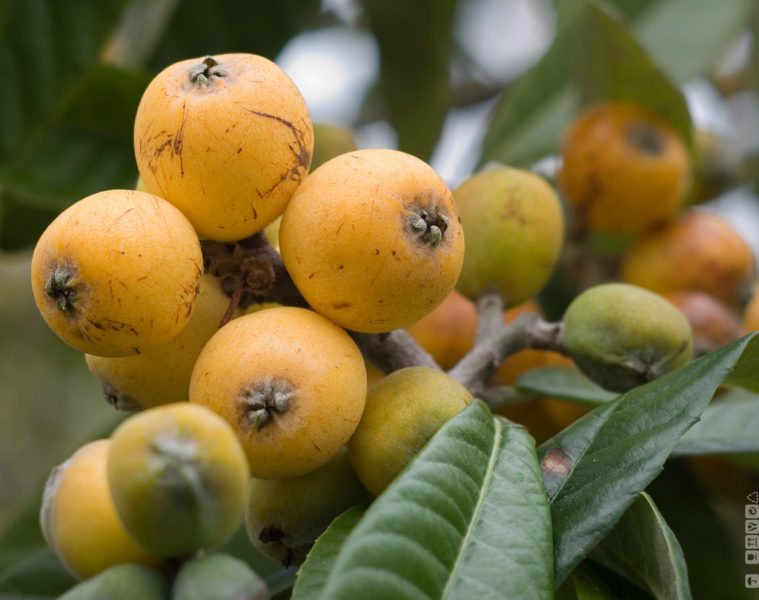
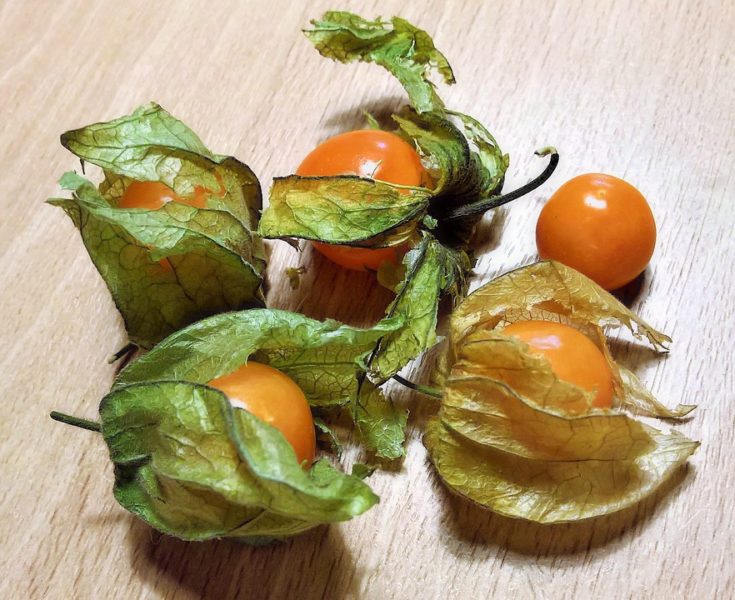
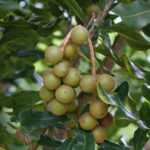
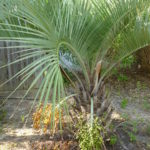
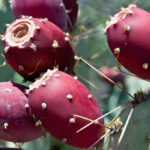
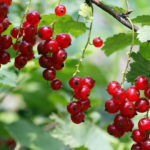
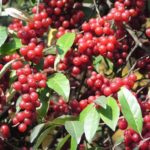
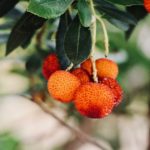
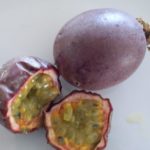
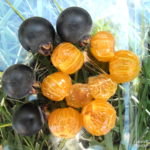
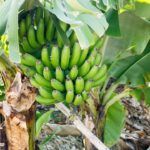
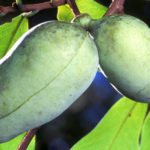
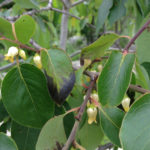
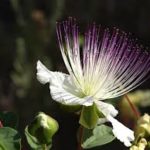
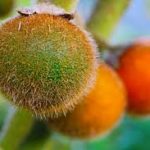
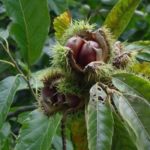

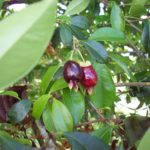
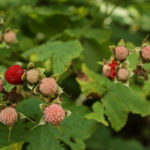
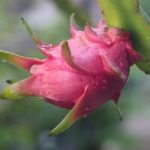
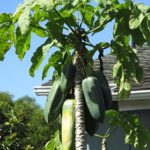
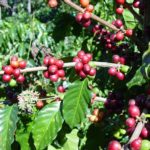
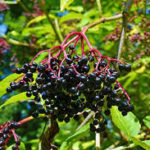
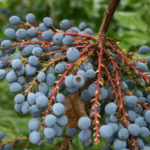
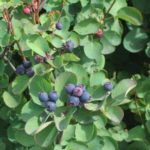
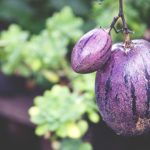
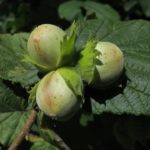
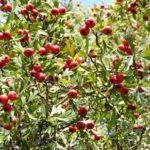
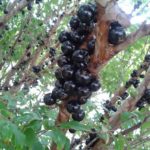
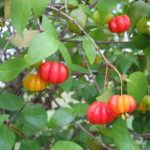
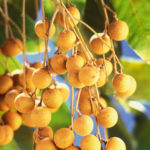
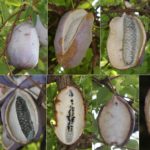
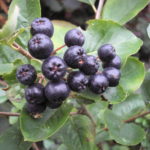
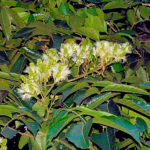
Babaco photo is not a Babaco.
Good call, looks to have been a different papaya that slipped in there. I’ve replaced it with a photo that appears to be more correctly identified to my eyes. Thanks
So neat! I just found this group and am so thrilled to see so many of the fruits I’m interested in are being grown here with success! I’ve had luck with feijoas, ice cream (blue java) bananas, figs, persimmon, and lemon guava in particular. I’m hoping to have some luck with ice cream bean, atemoya, and rollinia (if I can find them!).
Can rare fruit trees be purchased locally. I bought one last year all I received was a stick. Dorothy
I planted hazelnuts 25 years ago, and have only gotten a few nuts. I’m in Corralitos, and I guess we don’t get enough chill hours.
I concur that hazelnuts are very far from a sure thing for our area. From my understanding, two limiting factors are chill, but also quite possibly bloom phenology issues including lack of adequate humidity during pollen period/catkin maturity
Hello Andy,
I live in Morro Bay CA and am planning to grow Fuyu persimmons. I’m 2 blocks from the ocean. I’m looking for advice on a variety that will grow best. If you have any varieties you think might work in my area and are willing to share them I would greatly appreciate it.
Thanks so much,
Rich Rose
Hi Richard! To get a bit pedantic for clarity (and with further caveat that I’m far from an expert in persimmons), the name “Fuyu” is sometimes stretched casually to refer to the class of persimmons properly known as ‘non-astringent’ (PCNA)—generally squat shaped varieties that you can eat while they’re still crunchy. “Fuyu” itself is one of these PCNA varieties, sometimes aka Jiro Fuyu, I believe by far the most popularly available type. (To complicate this a bit, I think there are actually at least two or three variant cultivars including the name Fuyu.)
I can pretty confidently recommend growing the common Fuyu in Morro area, unless you’re specifically interested in growing something for the sake of rarity. ‘Fuyu’ aka ‘Jiro Fuyu’ is extremely abundantly bearing with good color and good flavor. ‘Izu’ is a very nice looking tree, probably a bit more restrained, a bit earlier, slightly larger fruit, but maybe a bit more dilute tasting (I haven’t yet grown them side by side). ‘Giant Fuyu’ is relatively available if you prize a more obscene fruit size. I might still first plant the common Fuyu/Jiro Fuyu if looking for a good crunchy persimmon. Good luck!
This is really cool stuff didn’t think some of these things could grow in California
Fejoia – Pineapple Guava – I’m looking for some ripe beauties in October to make jam. Anyone love to share.
Hi, I’m curious if anyone has opinions on particularly tasty varieties of Feijoa. I have access to ‘Coolidge’ … any thoughts?
I live in Oakland, CA in a relatively sunny microclimate and have observed a banana tree that fruits year round in our neighborhood. It blew my mind when I first saw it and am now getting ready to transplant 3 off-shoots from the neighbor who has been raising the abundant tree. Any tips for growing banana in NorCal?
Hello, I too would really appreciate some advice on which variety of feijoa to try growing. I’d prefer one that is self fertilizing and does not grow too big, and of course yummy (not too grainy) fruit.
Also, where does one BUY varietals? I don’t have the skills to benefit from scions and all I can find in the nurseries I’ve looked at are unlabelled generic “feijoas” with no variety information available. Thanks for any advice!